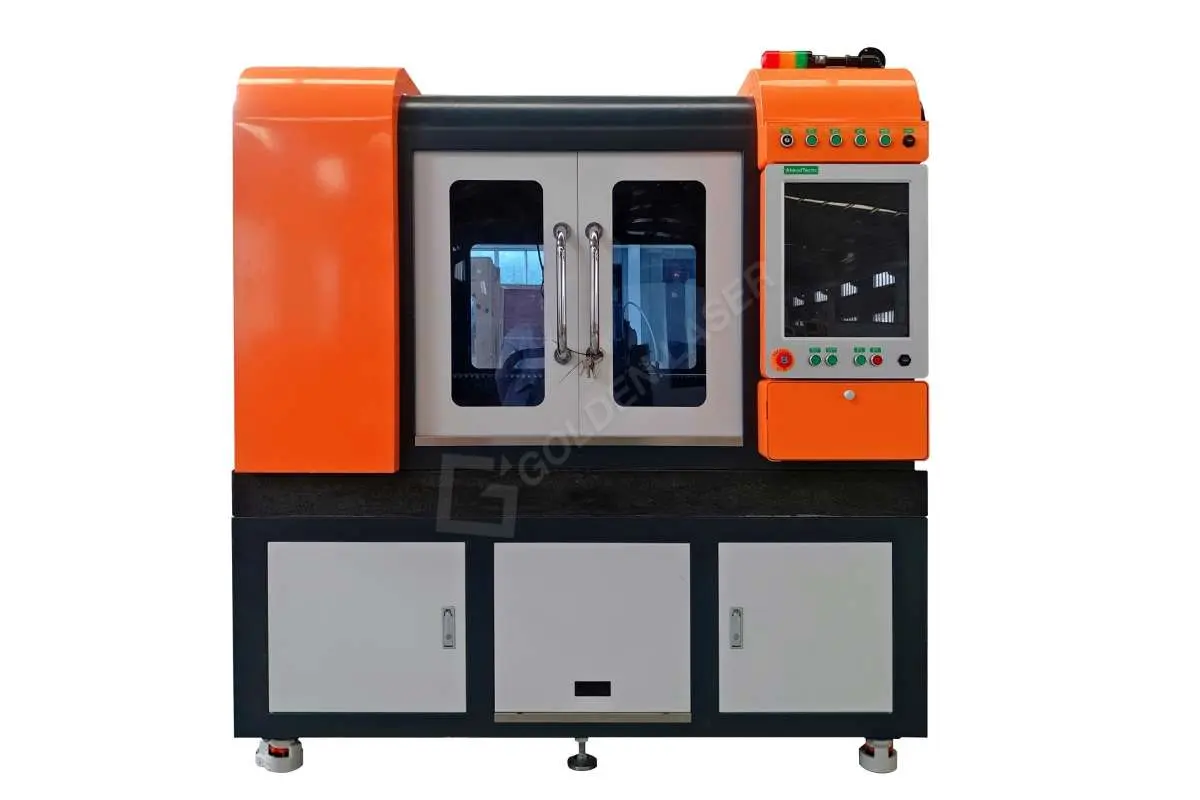In the realm of modern manufacturing, efficiency and precision are paramount. One technology that has emerged as a game changer in this domain is fiber laser metal cutting. This advanced method is transforming how industries approach metal fabrication, offering unparalleled advantages that enhance both productivity and quality. In this article, we delve into the world of fiber laser metal cutting, exploring its benefits, unique applications, and why it should be on the radar of every manufacturer.

Exploring the Advantages and Applications of Cover Fiber Laser Metal Cutting Technology in Modern Manufacturing
Fiber laser cutting technology utilizes a solid-state laser that generates a focused beam of light, which is then directed onto the metal surface to make precise cuts. This process harnesses the power of high-energy light in a compact and energy-efficient package, making it a more efficient alternative to traditional cutting methods like CO2 lasers or plasma cutting. The precision beam allows for intricate designs and shapes, which can be manipulated through computer numeric control (CNC), ensuring that even the most complex patterns can be cut with accuracy.
One of the most significant advantages of fiber laser metal cutting is its speed. This technology enables faster cutting speeds than many of its counterparts, making it possible to complete more projects in less time. This efficiency not only reduces labor costs but also increases output, which is crucial in competitive markets where time is often of the essence. Moreover, the energy efficiency of fiber lasers contributes to lower operational costs. They consume less power compared to traditional lasers, making them an ideal choice for businesses aiming to reduce energy expenditures.
Precision is another hallmark of fiber laser metal cutting. The narrow laser beam results in a minimal heat-affected zone, reducing thermal distortion in the material being cut. This advantage is especially vital when working with thin materials or complex geometries where precision cuts are necessary to maintain component integrity. Furthermore, the clean cutting edges produced by fiber lasers often eliminate the need for additional finishing processes, thus saving time and resources.
The versatility of fiber laser cutting technology is also noteworthy. It can effectively cut a wide range of materials, including various metals such as steel, aluminum, brass, and even non-metal materials like plastics and wood. This flexibility allows manufacturers to use fiber laser cutting across diverse industries—from automotive and aerospace to electronics and medical devices. The ability to handle different materials broadens the spectrum of applications and makes it a suitable choice for firms looking to streamline their operations.
Safety is a paramount concern in any manufacturing environment. Fiber laser metal cutting equipment is designed with advanced safety features. The potential hazards of traditional cutting methods, which may include sparks and hazardous fumes, are greatly minimized with fiber laser cutting technology. The enclosed design of the equipment helps to maintain a safe working environment, allowing operators to focus more on productivity rather than worrying about safety risks.

Exploring the Advantages and Applications of Cover Fiber Laser Metal Cutting Technology in Modern Manufacturing
The use of fiber laser metal cutting is not only limited to cutting sheets and plates; it also includes capabilities for 3D cutting, which can significantly expand what can be achieved in design and manufacturing. Companies can create intricate components for a variety of industries, adding significant value to their offerings through innovative design solutions.

Exploring the Advantages and Applications of Cover Fiber Laser Metal Cutting Technology in Modern Manufacturing
As we look towards the future, the integration of fiber laser cutting technology into Industry 4.0 frameworks is becoming increasingly commonplace. The ability to link laser cutting systems with advanced data analytics, machine learning, and artificial intelligence is further optimizing production processes. Real-time monitoring and adjustments can lead to even greater efficiencies, maintaining quality while reducing waste.
In conclusion, the rise of fiber laser metal cutting is revolutionizing the manufacturing landscape. Its combination of speed, precision, versatility, and safety makes it an indispensable technology for businesses looking to remain competitive in today’s fast-paced market. Investing in fiber laser cutting systems may well be the key to unlocking operational excellence and superior product quality in the ever-evolving world of manufacturing. Whether you’re a small workshop or a large industrial enterprise, considering the integration of fiber laser technology into your processes could mark a significant turning point in your production capabilities. Dual table Fiber Cutting Machine



